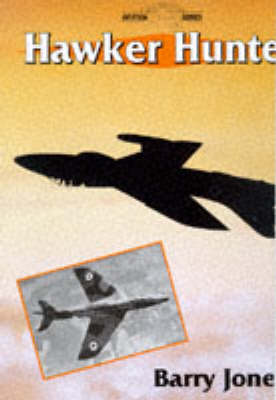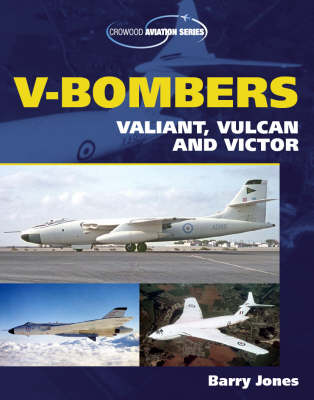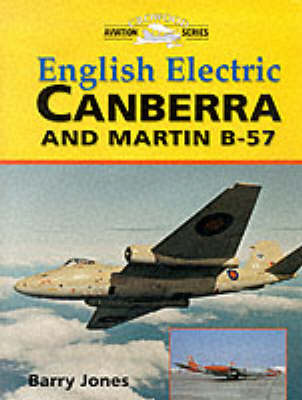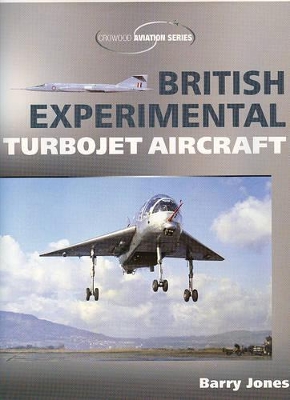Crowood Aviation
6 total works
First flown on the 20th July, 1951, the Hunter went on to break the World Speed Record and serve with the Royal Air Force, the Royal Navy and many other air forces the world over. It became a very commercially acceptable post-war British aircraft, selling all over the world. This is the full story of the aeroplane. Topics covered include testing and development, operational and experimental uses.
V-Bombers tells of the design, development and operational careers of three of Britain's finest post-war aeronautical products. The Vickers-Armstrong's Valiant, Avro Vulcan and Handley Page Victor captured the imagination of a generation, as the 'V-Force', for between them they were the British nuclear deterrent in those difficult, early Cold-War days.
In this age of instant communication and biotechnology on this ever-smaller planet, what kinds of problems have we created for ourselves? How do we tackle them in a world where the accustomed methods used by nation-states may be reaching their natural limits?
The Avro Shackleton was the final extension of a design idea that had been at the heart of Britain's most succssful wartime heavy bomber, the Lancaster. The Shackleton owed much of its design to the Lancaster and its relatives but it was designed not for bombing but for maritime reconnaissance. Barry Jones' history of this aircraft looks at the entire history of the Shackleton, and its service with the RAF and foreign air forces, tracing its lineage back to Avro designs of World War II, and the history of maritime reconnaissance aircraft and Coastal Command even further. This book should be welcomed by all fans of the aircraft and of maritime aviation in general.
From pioneering jets to the foundations of some of today's most successful aircraft, the experimetnal aircraft of the post-war years represent the most exciting years of British aviation. This book tells their remarkable stories, of the triumphs and frustrations of experimentation at the cutting edge of aeronautical design.
The only RAF jet to see service in World War II, the Gloster Meteor remained in service for several years as an interceptor, ground attack airplane, night fighter, and trainer. The Meteor's simple construction also made it an ideal test plane for engines, ejector seats, and other developing technologies. This comprehensive history follows the long-serving Meteor from World War II to the present, providing both period photographs and modern shots of Meteors that are still operative.





